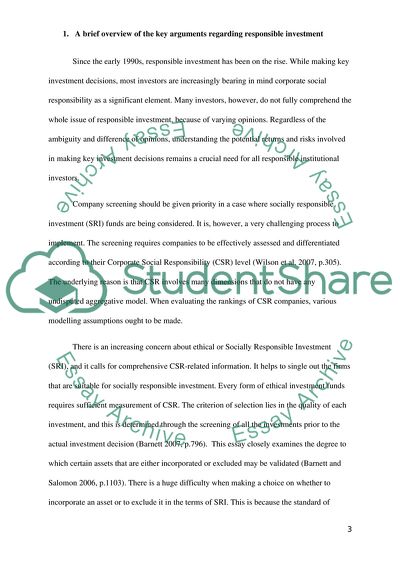Cite this document
(Modelling a Responsible Investment Strategy Essay, n.d.)
Modelling a Responsible Investment Strategy Essay. https://studentshare.org/finance-accounting/1868229-modelling-a-responsible-investment-strategy
Modelling a Responsible Investment Strategy Essay. https://studentshare.org/finance-accounting/1868229-modelling-a-responsible-investment-strategy
(Modelling a Responsible Investment Strategy Essay)
Modelling a Responsible Investment Strategy Essay. https://studentshare.org/finance-accounting/1868229-modelling-a-responsible-investment-strategy.
Modelling a Responsible Investment Strategy Essay. https://studentshare.org/finance-accounting/1868229-modelling-a-responsible-investment-strategy.
“Modelling a Responsible Investment Strategy Essay”. https://studentshare.org/finance-accounting/1868229-modelling-a-responsible-investment-strategy.


